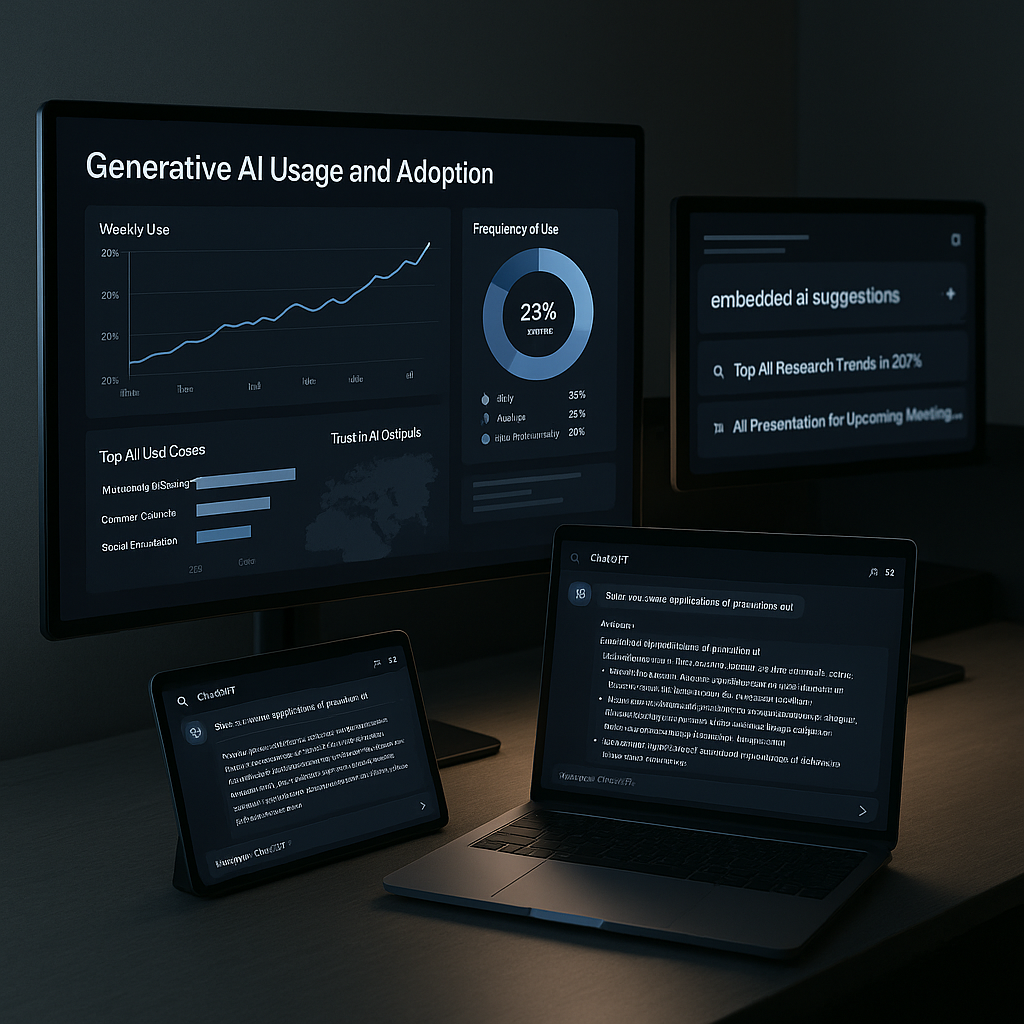Unlock Proven Strategies for MSP Lead Generation
Running an MSP means managing a lot at once—client support, service delivery, project timelines, and keeping your pipeline healthy. As competition...
%20(23).png?width=302&height=302&name=_SD%20web%20assets%202025%20(500%20x%20500%20px)%20(23).png)
Outbound marketing strategies like cold calls and mailers are fading fast—and for good reason. These traditional tactics take substantial effort and often yield disappointing results. Today, financial advisors are turning to inbound marketing to build genuine connections, increase qualified leads, and grow their customer base through strategic content.
Instead of casting a wide net and hoping for bites, inbound marketing draws in people who are already looking for financial guidance. This article explores why inbound marketing matters for the financial industry—and how to get it right.
What Is Inbound Marketing?
Why Outbound Tactics Fall Short
The Case for Inbound in Financial Services
Building Trust Through Content
Challenges to Consider
A Four-Phase Strategy That Works
A Quick Review
Inbound marketing for financial advisors involves connecting with potential clients by providing valuable content that addresses their specific financial questions and concerns. By creating informative resources that appear on platforms where clients are already active, you attract individuals who are actively seeking financial advice. This approach leverages the client's intent, as they engage with your content because it aligns with their financial goals, leading to a more seamless and natural progression from interest to client relationship.
Outbound marketing still exists—but it’s largely seen as noise. Cold calls are often ignored, TV ads are skipped, and mailers go straight to the trash. Even with a high-volume approach, conversion rates remain low, with studies showing that the average response rate for direct mail is only about 1%. Financial advisors who depend on these tactics may find themselves working harder to land fewer results. Today’s consumers want to feel empowered, not pressured—and outbound rarely delivers that experience.
Inbound marketing transforms the approach for financial advisors by focusing on relevance rather than mere visibility. Data shows that inbound marketing can generate three times more leads per dollar than traditional methods. When potential clients find your website through targeted searches like “Roth IRA vs. 401(k),” they are already engaged, with conversion rates being 14.6% compared to the 1.7% of outbound methods.
Effective inbound strategies establish your firm as a trusted resource, with 80% of business decision-makers preferring to get company information from a series of articles rather than an advertisement. This approach ensures visitors feel informed, supported, and confident—essential elements in fostering long-term client relationships.
For financial institutions, trust is paramount. Inbound marketing provides an opportunity to demonstrate your transparency and expertise through various formats such as blogs, FAQs, videos, and downloadable guides. Even a single blog post discussing the benefits of annuities can act as a significant entry point.
When users encounter valuable, well-structured content, they are more inclined to revisit, subscribe, or book a consultation. This content effectively serves as your introduction before the initial meeting.
Embarking on an inbound marketing strategy presents several challenges for a financial services firm. Crafting content that resonates with diverse client profiles and aligns with their search behaviors demands significant time and effort.
Additionally, maintaining up-to-date content, employing strategic keyword optimization, and ensuring consistency across various platforms are crucial. The process involves managing multiple elements, from SEO to tracking email engagement metrics, all of which require continuous attention to sustain progress.
Furthermore, leveraging analytics, implementing automation, and embracing a trial-and-error approach are essential components. While the journey is complex and time-consuming, a well-executed strategy can yield substantial benefits.
A Four-Phase Strategy That Works
Attract. Start by understanding your ideal client. What keeps them up at night financially? Use that insight to create blog posts, guides, or social media content that speaks to their needs. Optimize your site so search engines can help users find you.
Convert. Once someone visits your site, offer clear next steps. Provide a free resource in exchange for an email or offer a consultation scheduler right on the page. The goal is to turn interest into a connection.
Close. With contact established, automate email follow-ups and personalize content based on what you know about the lead. Lead scoring can help prioritize your time and focus on the most promising opportunities.
Delight. After a lead becomes a client, the journey isn’t over. Keep the relationship strong through relevant blog updates, timely outreach, and engagement on the platforms they use. Happy clients often become your best promoters.
Inbound marketing offers a smarter, more strategic way for financial advisors to reach the right people. Instead of chasing cold leads, you attract warm ones—people who already care about what you offer.
With the right content, thoughtful planning, and a commitment to consistency, inbound marketing can elevate your brand, deepen trust, and turn browsers into long-term clients.

Running an MSP means managing a lot at once—client support, service delivery, project timelines, and keeping your pipeline healthy. As competition...

The ERP market is evolving quickly, shaped by a more informed, digital-first buyer. Traditional outbound tactics like cold calls and trade shows no...

Generative AI usage continues to expand worldwide, with platforms such as ChatGPT seeing high levels of active engagement and embedded assistants...